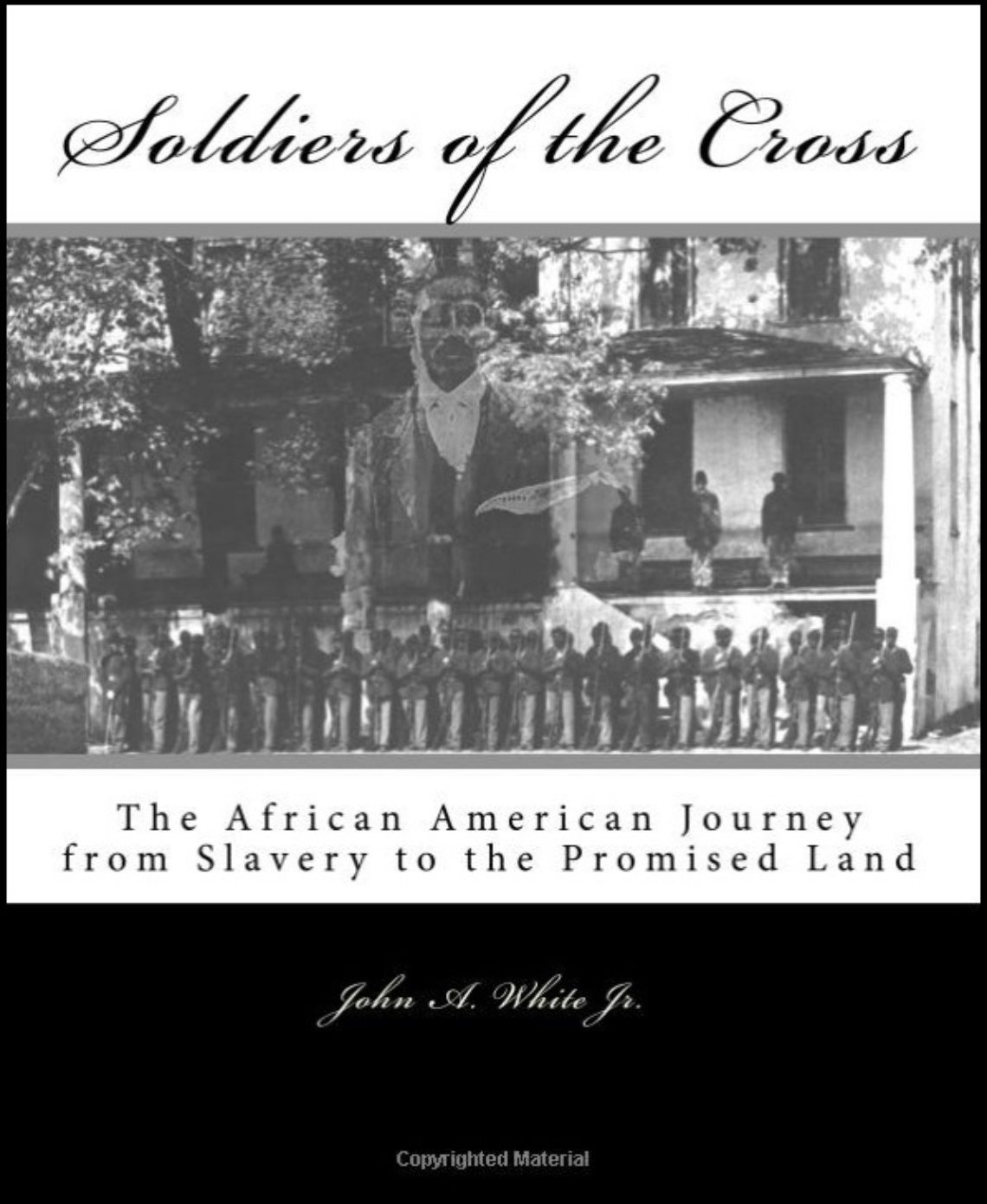
Fig. 24. The Fort Pillow Massacre, Louis Kurz and Alexander Allison, Chicago, Illinois
Confederate General Nathan Bedford Forest also had a zero tolerance for slave disobedience, his inhumane treatment of blacks eventually led to him and his followers creating inhumane acts. On April 12, 1864, General Forest and fifteen hundred men captured Fort Pillow, in Tennessee. The fort was manned by 550 federal troops, half of whom were black. It was alleged that Forest murdered most of the prisoners, including black women and children. Black men were burned and buried alive. Forest went on to found the Ku Klux Klan following the war.
“All the negroes found in blue uniform or with any outward marks of a Union soldier upon him was killed—I saw some taken into the woods and hung…confined until the following morning when the remainder of the black soldiers were killed.”[1]
The Fort Pillow Massacre significantly affected prisoner exchange between the North and South. Grant ordered General Benjamin F. Butler to demand that black prisoners be treated identically to whites and state that a refusal to do so would result in the end of prisoner exchange. Confederates refused Grant’s demand, which resulted in an end to prisoner exchange. This decision led to the death of many white Union soldiers held in Confederate prisons. Confederate prisons were kept in very poor condition.
The hatred of black soldiers was a focal point for the KKK. A film was released in 1915 called The Birth of a Nation. It was shown on Cspan3 in recognition of the films one-hundredth anniversary. The film was the first blockbuster feature film; however, it was extremely racist. Black leaders tried to censor the film in 1915, but they were unsuccessful, and the film went on to inspire the KKK. The KKK membership ignited from a small number of radicals to six million members in the 1920s. Black Cspan3 viewers called again for censorship, but the curator of the African American Museum, Hari Jones, supported viewing and having a dialogue on the film. I agree with Jones; we can learn a lot about the fears of racists when we analyze the film.
The greatest fear that white southerners had was the arming of the Negro. Why? They believed in their racial superiority. If blacks were armed and had power over them, they could not expect blacks to treat them better than they had treated blacks for the past three hundred years. It was a tradition in the South for slave owners to have sex with their slaves and for slaves to wet-nurse their white babies as well.
I only saw the last hour of the three-hour film, but the last hour included black Civil War soldiers, which I have studied extensively. The film portrayed what would happen if the South was under black control. Following the Civil War, carpetbaggers invade the South with a massive black Civil War army. Blacks are portrayed by whites with black faces. The black army allows all blacks to vote, and they end up with an all-black government and legislature. This black legislature “cuts up.” They eat chicken, take their shoes off, and drink alcohol during legislative proceedings. The first law that they pass allows them to marry white women. The black army also demands respect. Whites must salute their captain, and the black army also ties white men to trees and whips them. Things reach a climax when white women feel threatened with being molested by black soldiers, and one woman chooses death first. This sparks the KKK, who comes to the rescue and defeats the black army.
As well as inspiring the KKK, the film may also have led to hiding black Civil War history, since the history is not popular at all. Note that the “Battle Hymn of the Republic” was replaced as the national anthem in 1931, close to the peak period of political power for the KKK.
[1] McPherson, Battle Cry of Freedom, 793.
